
Stablecoins are the backbone of DeFi, powering trades, lending, and yield farming with the promise of 1: 1 value to the US dollar. But what happens when that promise cracks? If you’ve watched USDT, USDC, or DAI wobble off their pegs, you know how fast confidence can evaporate and losses mount. Depeg events aren’t just rare black swans anymore, they’re a core risk every DeFi user needs to manage. That’s where depeg insurance steps in, offering a powerful tool to protect your assets and your peace of mind.
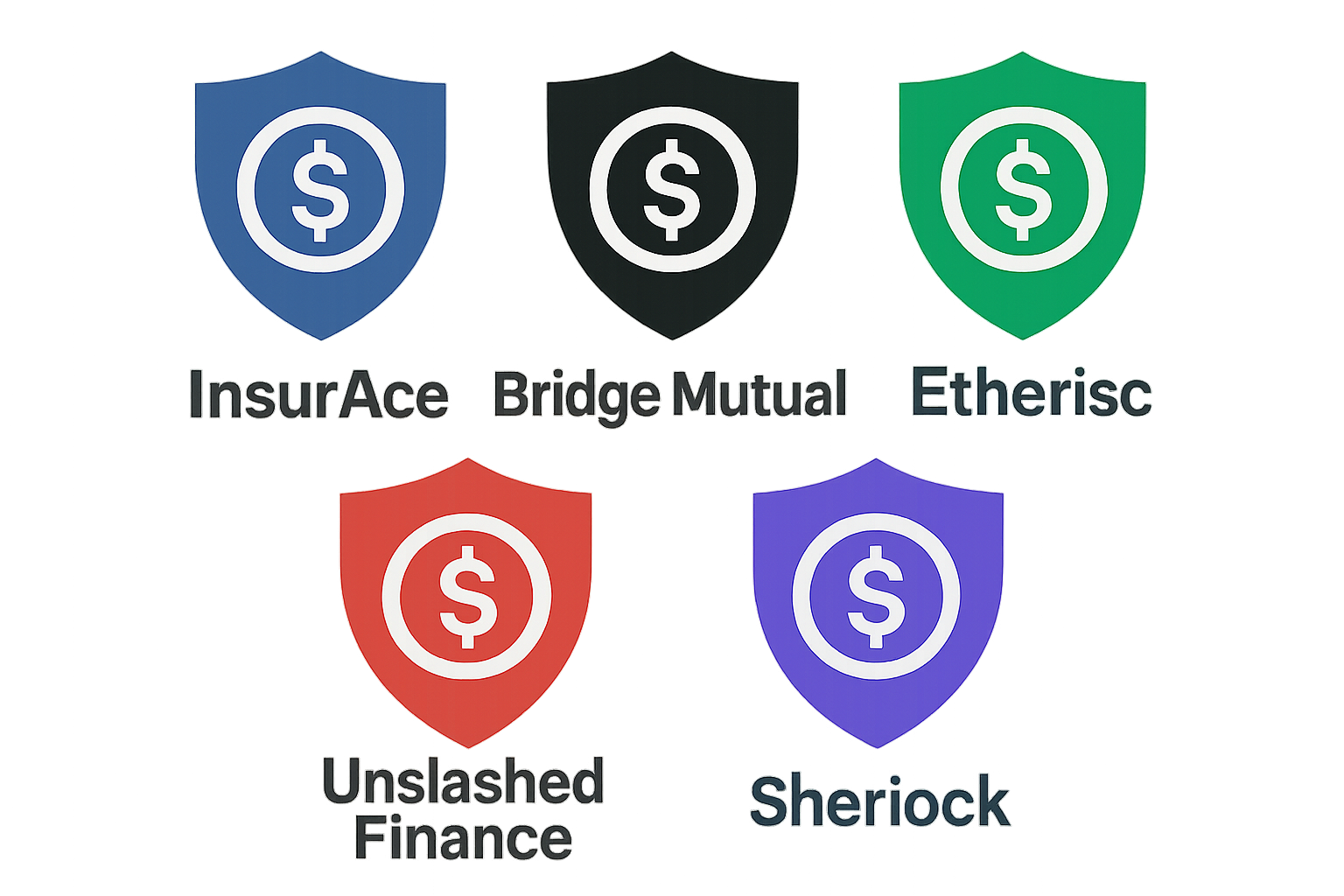
Why Stablecoin Depegs Happen, and Why You Need Protection
Let’s get real: Stablecoins are only as strong as their reserves, smart contracts, and the trust of the community. A banking crisis can freeze reserves. Regulatory shakeups can force sudden redemptions. And sometimes, all it takes is a single whale trade or a viral rumor to send a stablecoin spiraling below $1. When that happens, DeFi protocols relying on those coins can suffer cascading liquidations and users can lose serious capital.
That’s why stablecoin depeg insurance has become one of the hottest segments in DeFi risk management. These products pay out if your covered stablecoin drops below a set threshold for a defined period, so you’re not left holding the bag if things go south.
The Top 5 DeFi Depeg Insurance Providers (2025)
Ready to level up your stablecoin risk management? Here’s a curated list of the top five platforms leading the charge in DeFi depeg risk protection. Each brings something unique to the table, so let’s break down what sets them apart.
Top 5 DeFi Insurance Providers for Depeg Protection
-
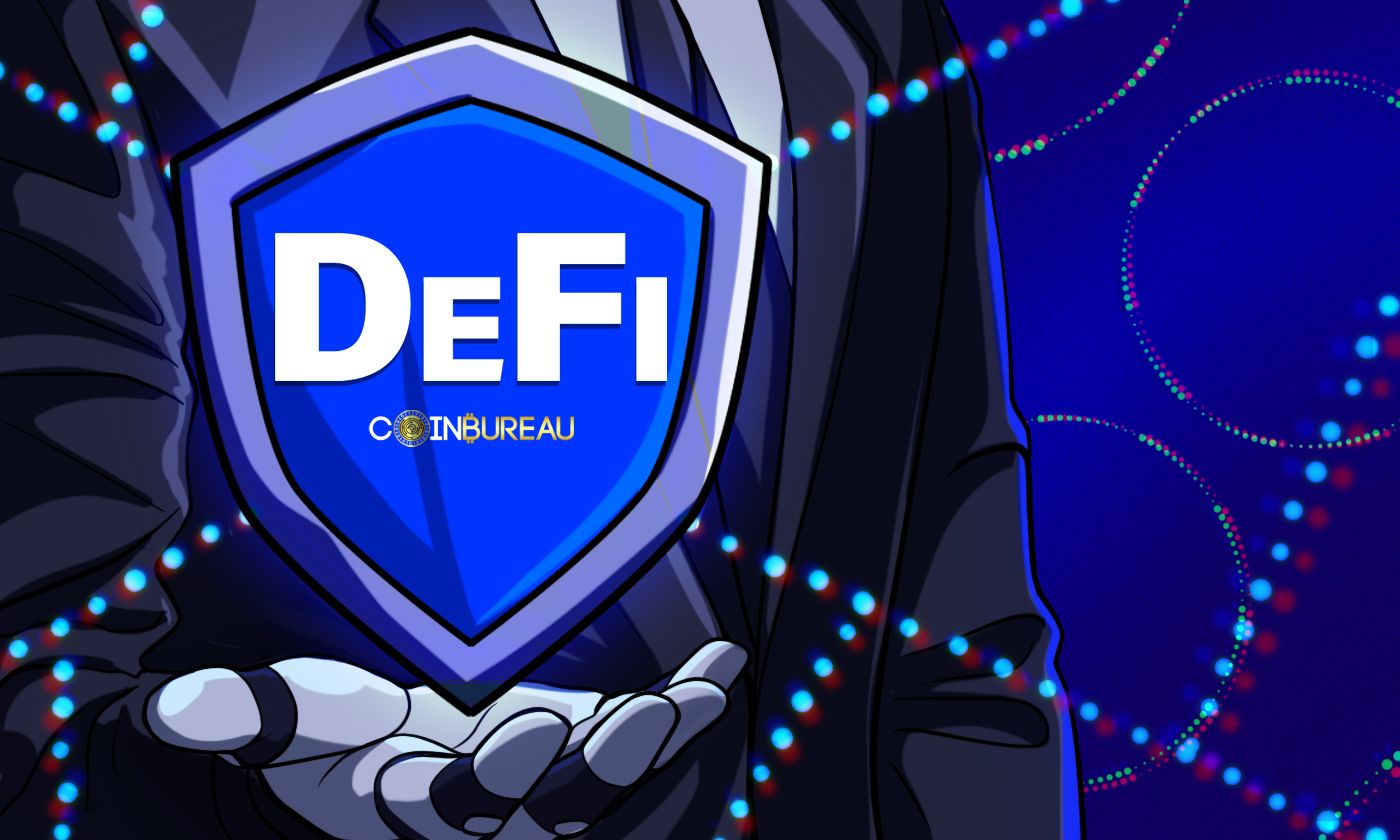
InsurAce: A leading multi-chain DeFi insurance protocol, InsurAce offers comprehensive protection against stablecoin depeg events, smart contract hacks, and protocol failures. Users can easily purchase coverage for major stablecoins and enjoy flexible policy terms across Ethereum, BNB Chain, and more.
-
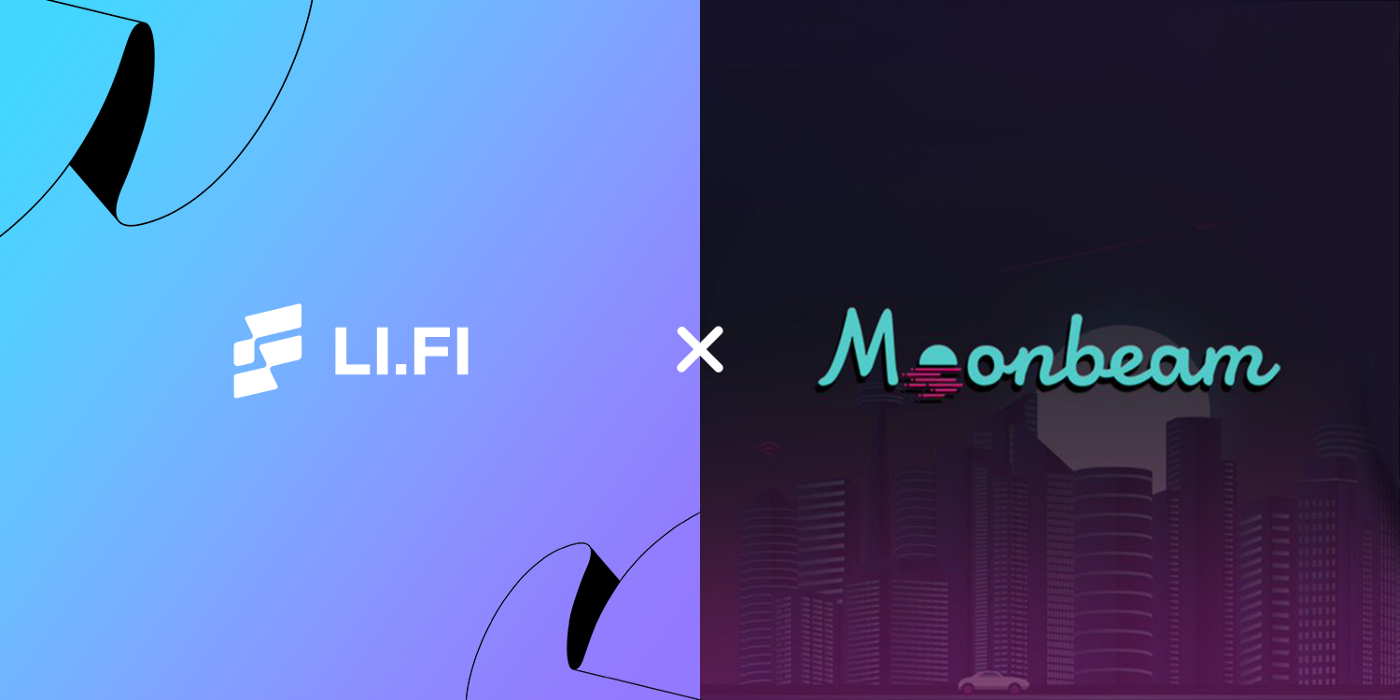
Bridge Mutual: Bridge Mutual provides decentralized, permissionless insurance for stablecoin depegs, smart contract exploits, and exchange failures. Its community-driven pools let users both purchase coverage and earn rewards by providing liquidity, with transparent claims and governance.
-

Etherisc USDC Depeg Protection: Etherisc has launched a specialized parametric insurance product for USDC holders, automatically paying out if USDC loses its peg by 5% or more for over 24 hours. Payouts are fast, transparent, and deposited directly to users’ wallets, making it a standout option for USDC risk mitigation.
-
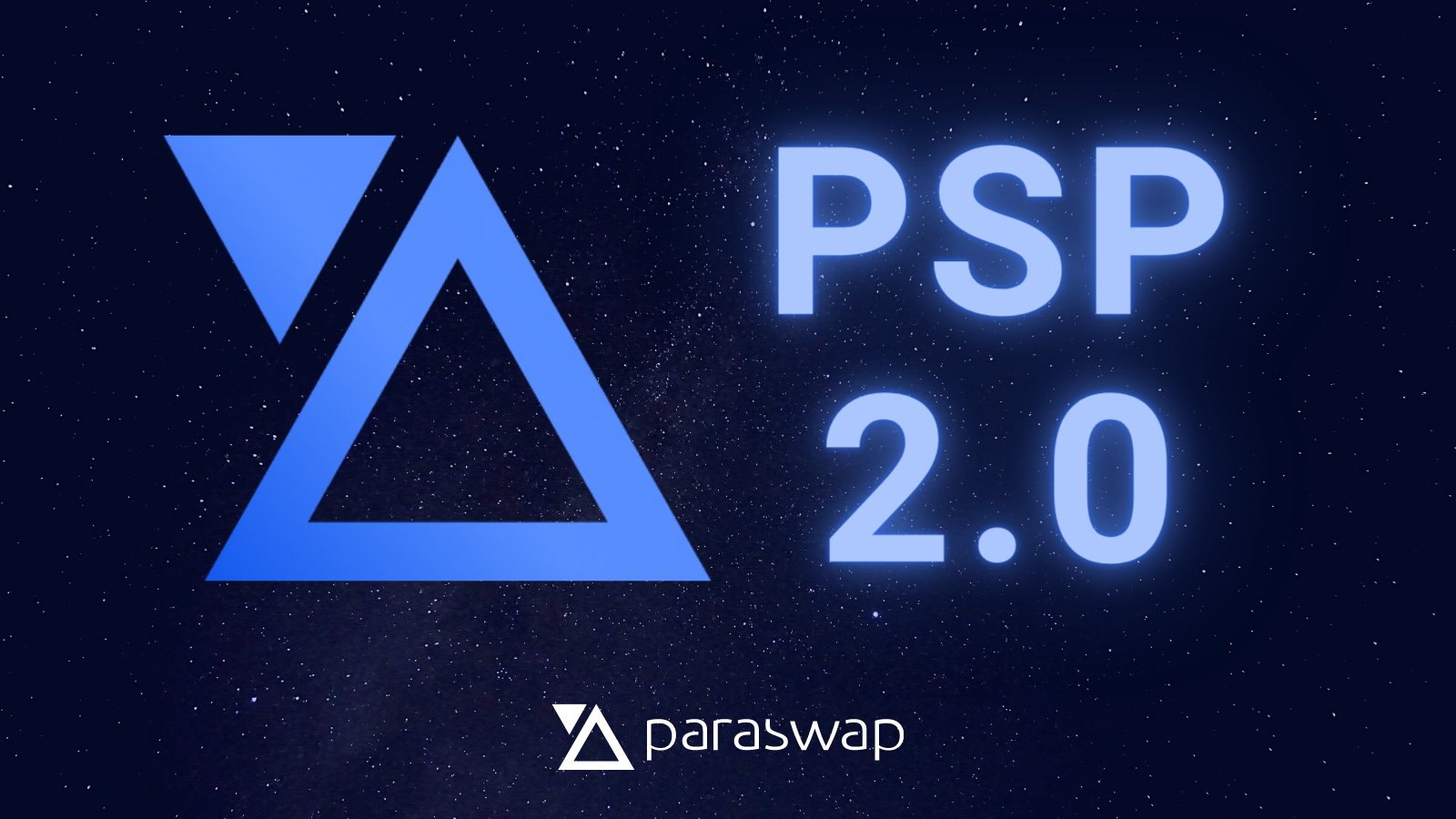
Unslashed Finance: Unslashed Finance offers decentralized insurance for a range of DeFi risks, including stablecoin depeg events. Its capital-efficient model and active claims assessment process help users protect their portfolios while earning returns for liquidity providers.
-
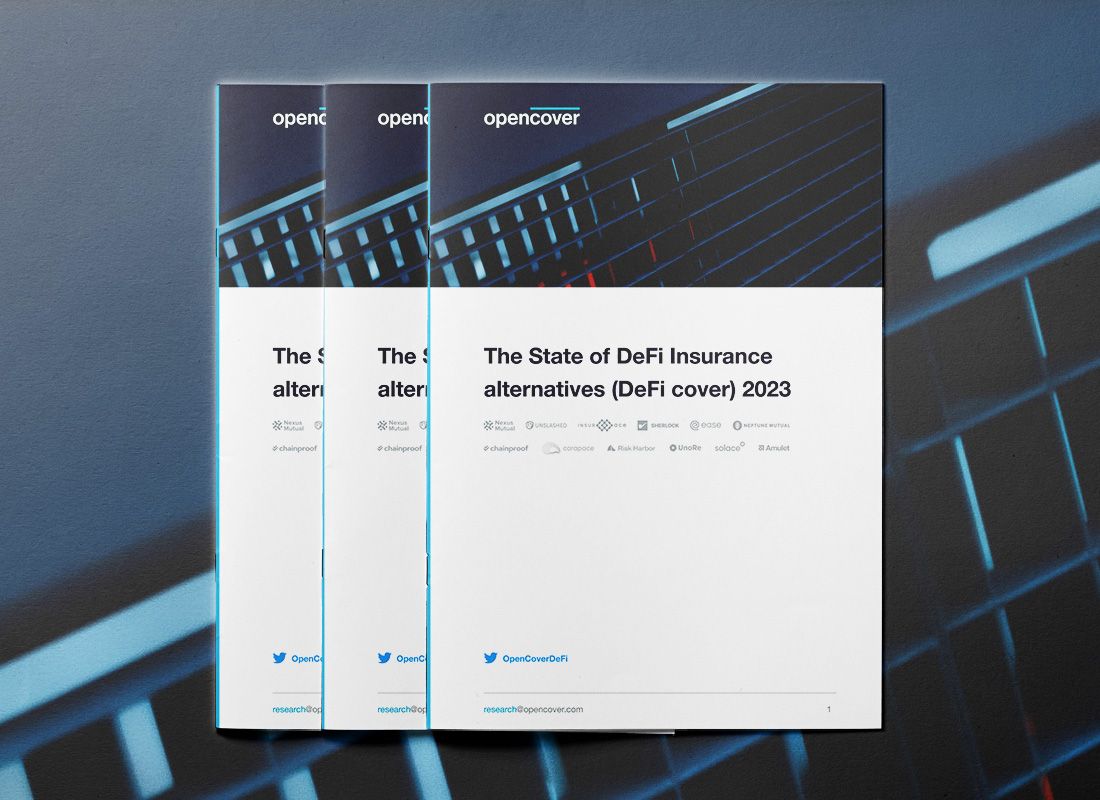
Sherlock Depeg Coverage: Sherlock delivers robust depeg coverage alongside smart contract security solutions. By combining insurance with on-chain monitoring and expert audits, Sherlock helps users hedge against stablecoin instability and protocol vulnerabilities in a single platform.
InsurAce: Multi-Chain Coverage for Modern DeFi
InsurAce is a powerhouse when it comes to broad, flexible coverage. Operating across multiple chains, InsurAce offers users the ability to insure their stablecoin holdings (and other DeFi assets) against depegging events, smart contract exploits, and more. The platform’s portfolio-based approach lets you cover several risks under a single policy, ideal for active DeFi users who want comprehensive protection without juggling multiple providers.
Key features include transparent claims processes, competitive premiums, and a growing list of supported protocols and stablecoins. If you’re looking for a robust, battle-tested solution, InsurAce is a name you’ll keep seeing in 2025.
Bridge Mutual: Peer-to-Peer Coverage With Community Power
Bridge Mutual stands out with its decentralized, peer-to-peer insurance pools. Not only does it provide coverage for stablecoin de-pegs, but it also extends protection to smart contract exploits and even centralized exchange failures, a rare combo in the DeFi insurance world. Users can both buy coverage and supply liquidity to earn yields, making Bridge Mutual a dynamic ecosystem for proactive risk managers.
What’s especially compelling is the platform’s community-driven claims assessment and governance model, which aims to keep payouts fair and transparent. If you value decentralization and want a say in how claims are handled, Bridge Mutual is worth a close look.
Etherisc, Unslashed Finance, and Sherlock: Innovators in Depeg Coverage
Let’s round out the list with three more cutting-edge options:
- Etherisc USDC Depeg Protection: Etherisc made waves with its parametric USDC depeg insurance, offering automated payouts straight to your wallet if USDC strays from its peg for over 24 hours. The coverage is non-custodial and laser-focused on the most widely used stablecoin in DeFi, perfect for USDC-heavy portfolios.
- Unslashed Finance: Known for its flexibility and capital efficiency, Unslashed Finance lets you create custom insurance policies covering a variety of risks, including depegs. Its risk pools are tailored for different assets and protocols, giving you granular control over your coverage.
- Sherlock Depeg Coverage: Sherlock brings an innovative approach by combining smart contract audits with insurance products. Their depeg coverage is designed to protect users from both technical and market-driven failures, with a focus on transparency and rapid claims processing.
Each of these platforms has its own strengths, whether you’re after automation, customization, or a blend of technical due diligence and financial protection. For a deeper dive on how these providers stack up, check out our guide on comparing top depeg insurance providers.
How Depeg Insurance Actually Works in Practice
So, what does it look like when you buy a policy? Depeg insurance typically works by setting clear trigger conditions: If your covered stablecoin falls below (for example) $0.97 for more than 24 hours, you can file a claim and receive compensation based on your exposure. Some providers automate this process entirely, no paperwork, no drama, just a payout when you need it most.
This new breed of depeg coverage providers is making it easier than ever to manage risk proactively. But as always in DeFi, it pays to read the fine print: Know your trigger thresholds, payout formulas, and premium costs before you commit. In the next section, we’ll break down how to choose the right policy and integrate depeg insurance into your broader DeFi strategy.
Choosing the Right Depeg Insurance for Your Portfolio
Not all depeg insurance is created equal, and your choice should reflect your risk profile, asset allocation, and appetite for convenience versus customization. Here’s how to navigate the options and maximize your protection:
- Assess Your Exposure: Start by mapping out which stablecoins you rely on most, are you heavy on USDC, or do you diversify across DAI, USDT, and others? Platforms like Etherisc are laser-focused on USDC, while InsurAce and Unslashed Finance offer broader multi-stablecoin coverage.
- Understand Policy Triggers: Each provider sets different trigger thresholds. For example, Etherisc automates payouts if USDC loses its peg by 5-20% for over 24 hours, while InsurAce and Sherlock may use different deviation and duration rules. Read the policy docs carefully to ensure the coverage aligns with your real-world risk.
- Weigh Premiums vs. Payouts: Depeg insurance isn’t free! Compare premium rates and payout formulas. Some platforms reward early adopters or larger pools with lower premiums, while others offer flexible terms for short-term or long-term coverage. If you’re yield farming, factor in how premiums impact your net returns.
- Consider Decentralization and Claims Process: If you want a say in governance or claims, Bridge Mutual is a standout for its community-driven approach. For those who prefer streamlined automation, Etherisc’s parametric model might be more appealing.
- Layer Your Defenses: Don’t be afraid to combine products! You can hedge your USDC position with Etherisc while using InsurAce or Unslashed for broader protocol coverage. Sherlock’s hybrid audit-insurance model is also a strong complement if you’re concerned about both technical exploits and market volatility.
If you want an even deeper dive into how these policies work under the hood, check out our detailed guide on how stablecoin depeg insurance works.
Integrating Depeg Insurance into Your DeFi Strategy
The best risk management is proactive, not reactive. Here’s how savvy DeFi users are staying ahead of the curve:
- Monitor Stablecoin Health: Use tools like DepegWatch to get real-time alerts if your favorite stablecoins start to wobble.
- Diversify Insurance Providers: Don’t put all your eggs in one basket, spread your coverage across multiple protocols to minimize single-point-of-failure risk.
- Bake Insurance Into Yield Strategies: When calculating APY on yield farms or lending platforms, subtract your insurance premiums so you get a true sense of risk-adjusted returns.
- Stay Educated and Involved: Join governance forums (like Bridge Mutual’s), follow protocol updates on Twitter/X, and participate in community votes that shape future coverage terms.
The bottom line: You can’t control when the next depeg happens, but you can control how much it hurts!
If you’re serious about protecting your digital portfolio from the next big shockwave, depeg insurance isn’t just a nice-to-have, it’s mission-critical. The top providers provides InsurAce, Bridge Mutual, Etherisc USDC Depeg Protection, Unslashed Finance, and Sherlock Depeg Coverage: offer powerful tools for every type of DeFi user. Whether you’re a seasoned whale or just dipping your toes into decentralized finance, there’s never been a better time to take control of your risk exposure. Spot the signal, manage the noise, and let peace of mind fuel your next move in DeFi!






